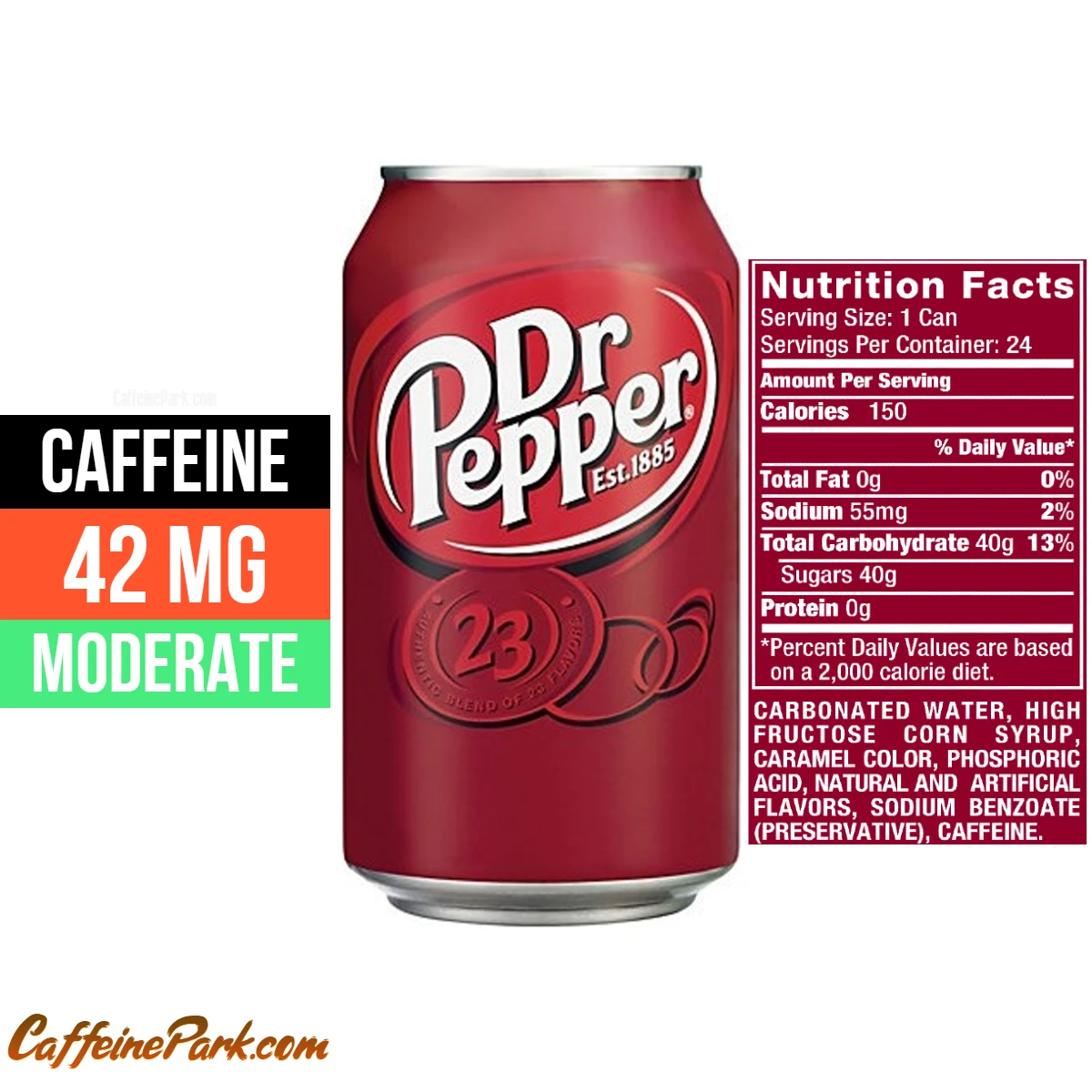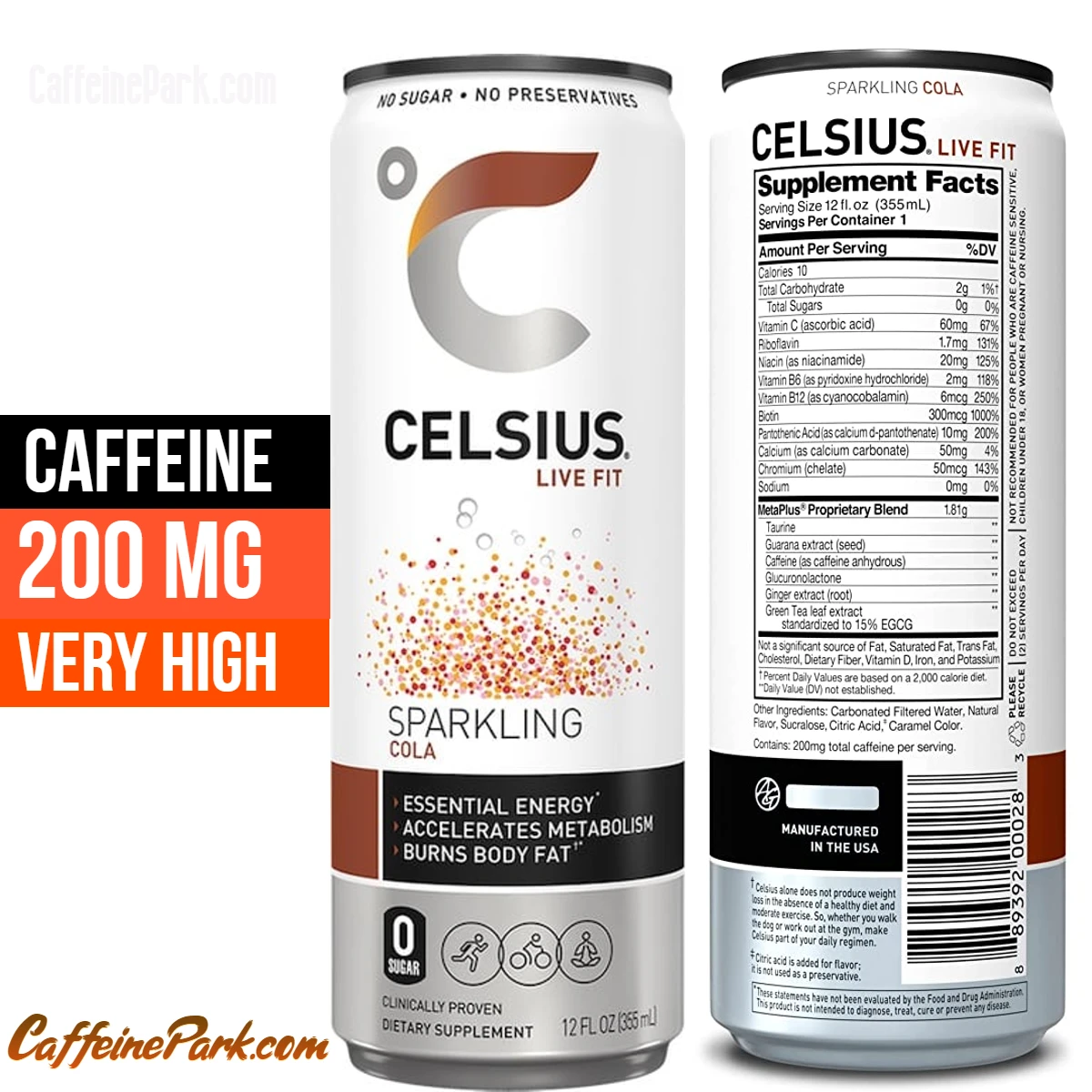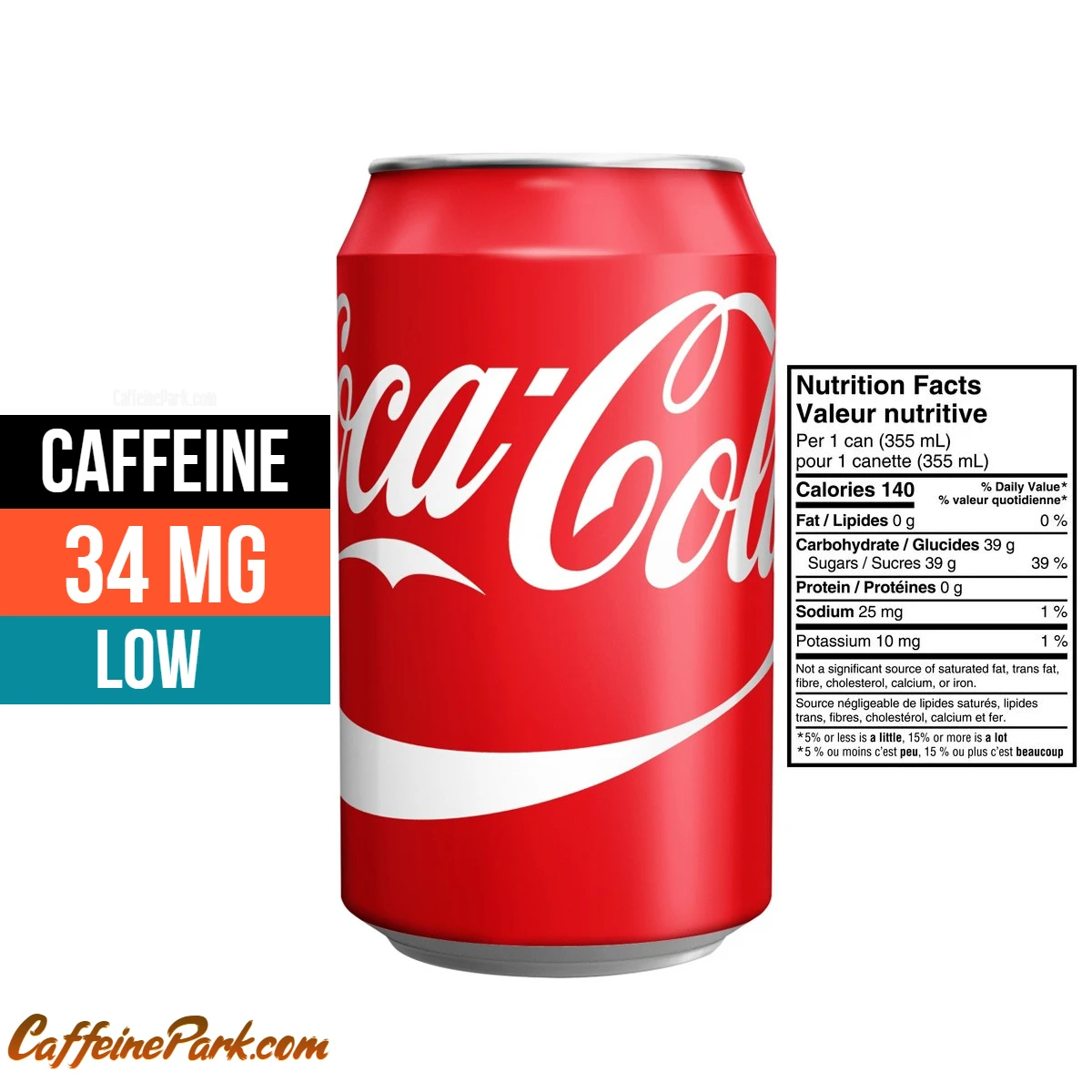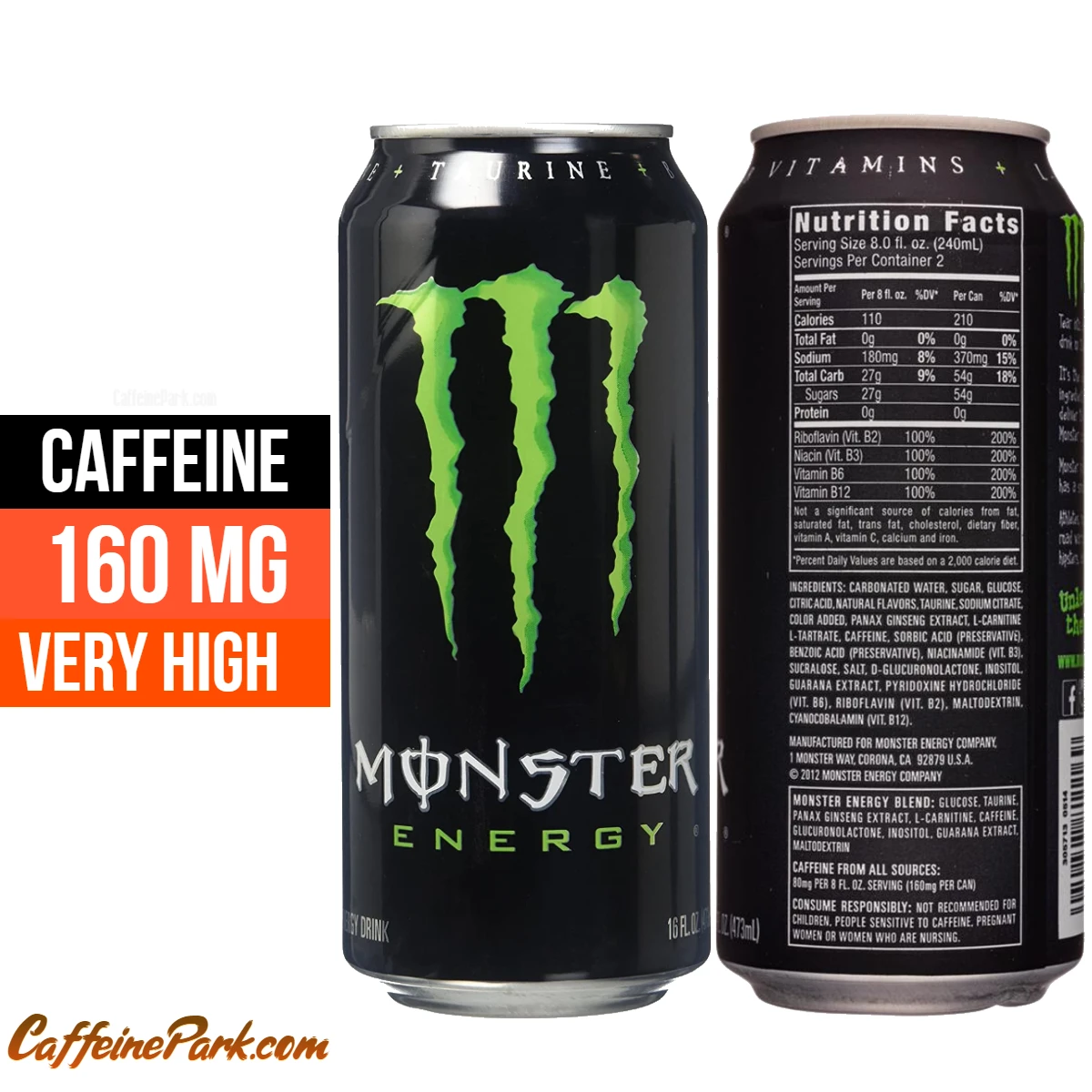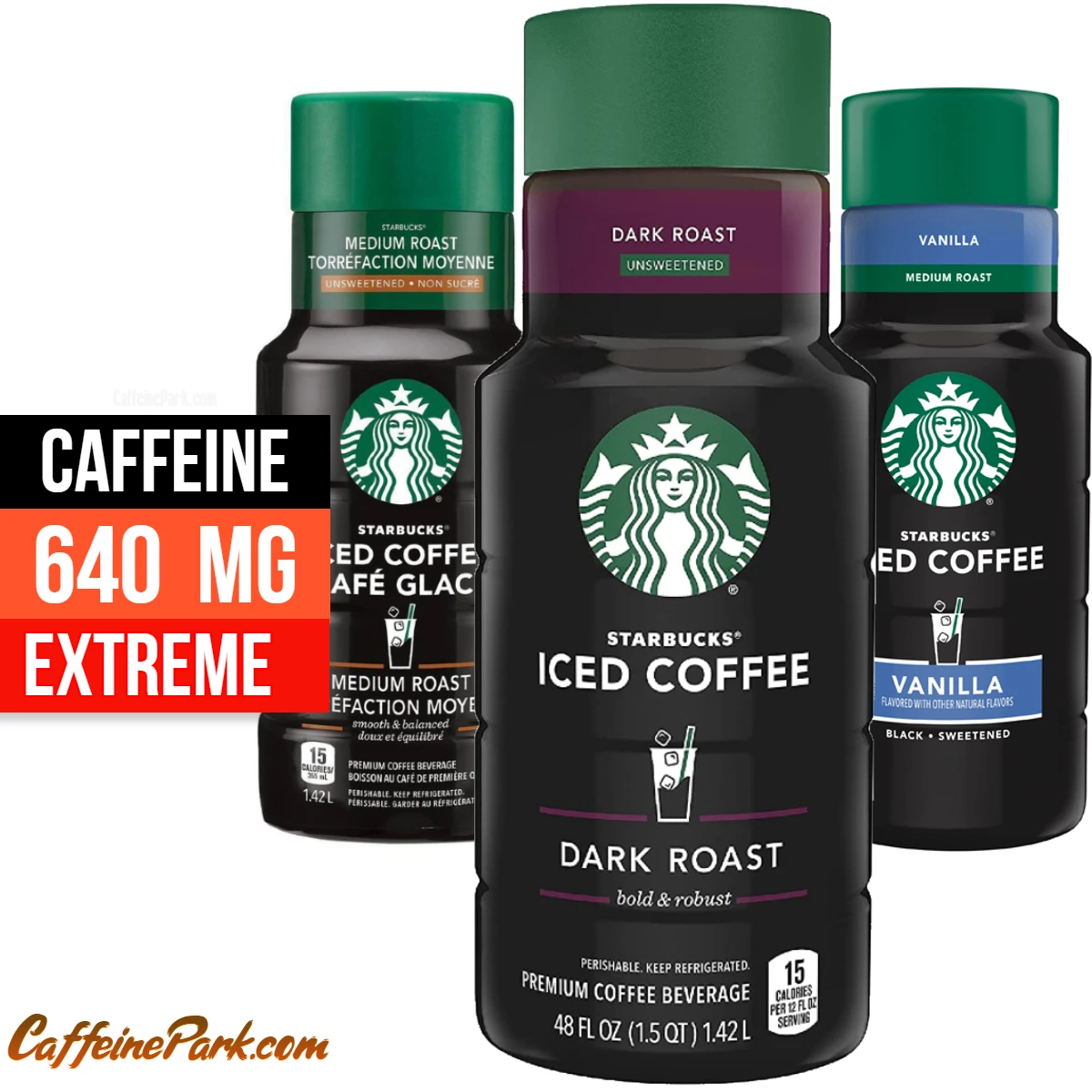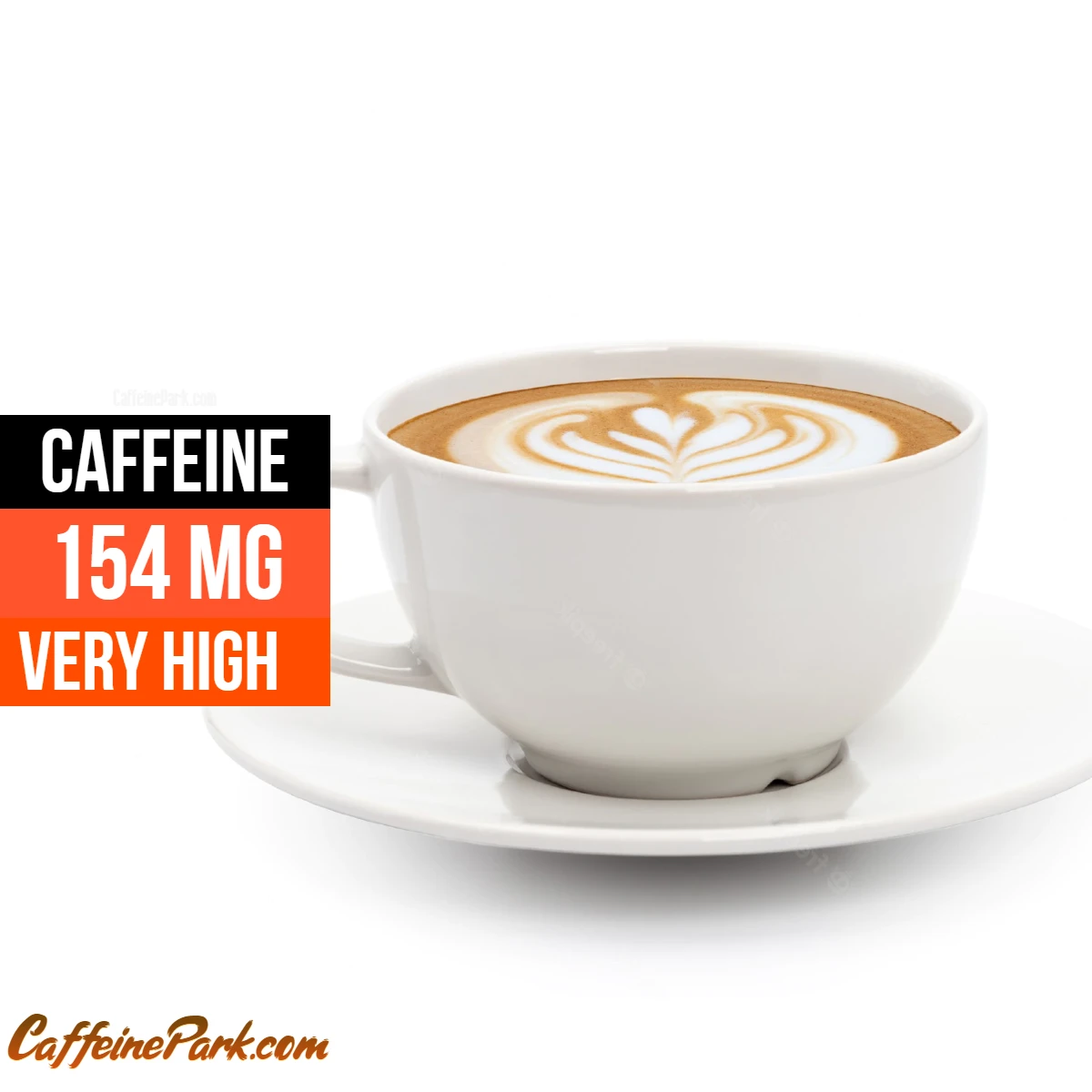
Lattes are a type of coffee beverage that originated in Italy and have become popular around the world. They are made by combining espresso with steamed milk, creating a creamy and smooth texture. Lattes are usually served in tall glasses and are often flavored with syrups or spices, such as cinnamon or vanilla.
But how much caffeine is actually in a latte? The answer depends on a few different factors, including the type of milk used, the size of the serving, and the type of coffee used to make the latte. In general, a latte is a coffee drink that is made by combining espresso with steamed milk and a small amount of milk foam.
Lattes are generally considered to be less caffeinated than other types of coffee drinks, such as a straight shot of espresso or a cappuccino. This is because the milk in a latte dilutes the caffeine content of the espresso. A straight shot of espresso (1.5 oz) contains about 77 mg of caffeine per serving, while a cappuccino, which is made with equal parts espresso, steamed milk, and milk foam, contains about the same amount of caffeine as a latte.
Does Latte have caffeine?
Yes, Latte contains 154mg of caffeine per 16 fl oz cup and 9.62mg of caffeine per fl oz (32.55mg per 100ml).
| Serving size | Caffeine Amount | Caffeine strength |
|---|---|---|
| 1 fl oz cup | 9.6 mg | LOW |
| 8 fl oz cup | 77 mg | MODERATE |
| 16 fl oz cup | 154 mg | VERY HIGH |
- Caffeine Amount: 154 mg
- Caffeine strength: VERY HIGH
- Calories: 160
- Serving size: 16 fl oz cup
- Sugar: 20g
And here is a rough estimate of the caffeine content of common latte sizes:
- Small latte (8-12 oz): 75-100 mg
- Medium latte (12-16 oz): 120-160 mg
- Large latte (16-20 oz): 180-250 mg
The caffeine content of a latte can vary depending on a number of factors, including the type of milk used, the size of the serving, and the type of coffee used to make the latte. In general, a latte is a coffee drink that is made by combining espresso with steamed milk and a small amount of milk foam. The espresso portion of the drink typically contains about 75-100 mg of caffeine per serving, depending on the size of the serving and the type of coffee used.
Factors that Affect Latte Caffeine Content
One factor that can affect the caffeine content of a latte is the type of milk used. Whole milk has a lower fat content than other types of milk, such as 2% or skim milk, so it can reduce the overall caffeine content of the latte. On the other hand, using a non-dairy milk alternative, such as almond milk or soy milk, can increase the caffeine content of the latte because these milk alternatives do not contain any fat.
The amount of espresso used to make a latte will also affect its caffeine content. Lattes are typically made with one or two shots of espresso, although some coffee shops may offer three-shot lattes for those who want an extra caffeine boost. A latte made with one shot of espresso will have less caffeine than a latte made with two shots, and a latte made with three shots will have even more caffeine.
Another factor that can affect the caffeine content of a latte is the size of the serving. Lattes are typically served in small, medium, and large sizes, and the caffeine content of the drink will vary depending on the size of the serving. For example, a small latte made with whole milk and a single shot of espresso may contain about 75-100 mg of caffeine, while a large latte made with the same ingredients could contain 150-200 mg of caffeine or more.
Comparison caffeine in Latte Vs other coffee
| Latte By Brands | Serving Size | Caffeine |
|---|---|---|
| McDonalds (McCafe) Latte | 16 fl oz | 142mg |
| Starbucks Grande Caffe Latte | 16 fl oz | 150mg |
| Peet’s Caffe Latte | 16 fl oz | 140mg |
| Peet’s Iced Latte | 16 fl oz | 140mg |
| Biggby Creamy Lattes | 16 fl oz | 100mg |
| Death Wish Latte | 8 fl oz | 300mg |
| Dunkin’ Donuts Iced Latte | 24 fl oz | 166mg |
| Dunkin’ Donuts Latte | 14 fl oz | 166mg |
| La Colombe Draft Latte | 9 fl oz | 120mg |
What is Latte?
A latte is a popular coffee-based beverage that originated in Italy. It is made by combining a shot or two of espresso with steamed milk and a small amount of frothed milk. The word “latte” actually means “milk” in Italian, which reflects the significant role that milk plays in this drink.
To make a latte, the espresso shot is first extracted using an espresso machine. Then, steamed milk is poured over the espresso, creating a creamy and smooth texture. The steaming process helps to heat the milk and create microfoam, which gives the latte its characteristic velvety appearance. Finally, a small amount of frothed milk is added on top as a finishing touch.
History of Lattes
Lattes originated in Italy in the early 20th century. The word “latte” is Italian for “milk,” and the drink was originally made with espresso and steamed milk. It is thought that the latte was created as a way to stretch the expensive and scarce commodity of espresso, as the addition of milk made a single shot of espresso go further.
Lattes became popular in the United States in the 1980s, thanks in part to the proliferation of coffee chains such as Starbucks. Today, lattes are enjoyed by coffee lovers around the world and are available at coffee shops, cafes, and restaurants.
How Lattes are Made
To make a latte, espresso is brewed and combined with steamed milk. The espresso is brewed using finely ground coffee beans that are tamped down and placed in an espresso machine. Hot water is forced through the grounds under high pressure, creating a concentrated and flavorful shot of espresso.
The steamed milk is created by heating milk and using a frothing wand to add air and create a creamy, frothy texture. The milk is then poured over the espresso, creating a layered effect with the espresso on the bottom and the milk on top.
Lattes are usually served in tall glasses and are often topped with a small amount of foam or a dusting of cocoa or cinnamon. They can also be flavored with syrups or spices, such as vanilla or hazelnut, to add sweetness and depth of flavor.
Variations of Lattes
In addition to the traditional latte made with espresso and milk, there are many variations of this popular coffee drink. Some variations include:
- Cappuccino: A cappuccino is similar to a latte, but it has a stronger espresso flavor and a higher ratio of foam to milk. Cappuccinos are usually served in smaller glasses than lattes and are topped with a thick layer of foam.
- Flat White: Flat white is a type of coffee drink that originated in Australia and New Zealand. It is made with espresso and steamed milk, similar to a latte, but it has a stronger espresso flavor and a lower ratio of milk to foam.
- Mocha: A mocha is a latte that has been flavored with chocolate. It is made with espresso, steamed milk, and chocolate syrup or cocoa powder. Mochas are often topped with whipped cream and a sprinkle of chocolate shavings.
- Matcha Latte: A matcha latte is a type of latte that is made with matcha green tea powder instead of espresso. It is made with steamed milk and whisked matcha, and it can be sweetened with honey or sugar.
Health Benefits of Lattes
While lattes are often considered a treat or indulgence, they can also provide some health benefits. Milk is a good source of protein, calcium, and other essential nutrients, and the addition of espresso can provide a boost of energy and mental clarity.
However, it is important to keep in mind that lattes can also be high in calories and sugar, especially if they are flavored with syrups or sweeteners. To enjoy the health benefits of lattes while minimizing their drawbacks, it is best to choose low-fat milk and
opt for natural sweeteners or flavorings, such as honey or vanilla extract. It is also a good idea to limit your intake of lattes and other caffeinated drinks, as consuming too much caffeine can lead to negative side effects, such as jitters, insomnia, and increased heart rate.
Overall, lattes can be a delicious and satisfying way to enjoy coffee and milk, but it is important to consume them in moderation and make healthy choices when it comes to ingredients and sweeteners.
Customizing Your Latte
One of the great things about lattes is that they can be customized to suit your personal preferences. Here are some tips for making the perfect latte:
- Choose the right beans: The quality of the espresso in your latte will have a big impact on the overall flavor of the drink. Look for high-quality, fresh beans that have been roasted within the last few weeks.
- Grind your beans finely: To get the most flavor out of your beans, it is important to grind them finely. A fine grind will allow the water to extract more flavor from the beans, resulting in a more robust and full-bodied espresso shot.
- Tamp the grounds evenly: When preparing the espresso, it is important to tamp the grounds down evenly in the portafilter. An uneven tamp can lead to uneven extraction and a less satisfying espresso shot.
- Use the right amount of water: The amount of water you use when brewing the espresso will affect the flavor and strength of the shot. A general rule of thumb is to use about 1.5 ounces of water for every ounce of espresso.
- Steep the espresso for the right amount of time: The time that the water is in contact with the grounds will also affect the flavor of the espresso. A general rule of thumb is to aim for a brewing time of 25-30 seconds.
- Experiment with milk temperature: The temperature of the milk will affect the texture and flavor of the latte. Some people prefer hotter milk, which will create a creamier texture and a milder flavor. Others prefer cooler milk, which will create a lighter texture and a stronger espresso flavor. Experiment to find the temperature that works best for you.
- Play with the ratio of milk to espresso: The ratio of milk to espresso in a latte can be adjusted to suit your personal preference. A higher milk-to-espresso ratio will result in a milder, creamier drink, while a lower ratio will result in a stronger, more robust flavor.
Lattes vs Other Coffee Drinks
Lattes are often compared to other popular coffee drinks, such as cappuccinos, flat whites, and Americanos. Here are some key differences between these drinks:
- Latte vs Cappuccinos: Cappuccinos are made with espresso, steamed milk, and a thick layer of foam. They are usually served in smaller glasses than lattes and have a stronger espresso flavor.
- Latte vs Flat whites: Flat whites are made with espresso and steamed milk, but they have a lower ratio of milk to foam and a stronger espresso flavor. They are usually served in smaller glasses than lattes.
- Latte vs Americanos: Americanos are made with espresso and hot water, resulting in a drink that is similar in strength to drip coffee. They do not contain milk and have a more straightforward, no-frills flavor.
Lattes on a Plant-Based Diet
Lattes are traditionally made with cow’s milk, but there are many plant-based alternatives that can be used to make lattes. Some popular plant-based milks for lattes include soy milk, almond milk, oat milk, and coconut milk. These milks can be frothed and used in the same way as cow’s milk to make lattes.
It is important to note that some plant-based milks may froth differently than cow’s milk and may have a different flavor profile. Experiment with different types of plant-based milks to find the one that works best for you.
FAQs
The caffeine content in a latte can vary depending on factors such as the size of the drink, the number of espresso shots, and the type of coffee beans used. On average, a typical 16 fl oz latte contains approximately 154mg of caffeine. This translates to around 9.62mg of caffeine per fluid ounce or 32.55mg per 100ml.
The primary source of caffeine in a latte is the espresso shot(s) used as the base. The amount of espresso can vary, typically ranging from one to two shots, contributing to the overall caffeine content. The milk used in a latte also contains a small amount of natural caffeine, but it is significantly less compared to the espresso.
Yes, it is possible to order a decaffeinated latte. Decaffeinated espresso shots are available, and they can be used to make a latte with reduced caffeine content. If you prefer a milder option or are sensitive to caffeine, requesting a decaf latte is a good choice.
Yes, you can ask for a caffeine-free latte by requesting a latte made with decaffeinated espresso shots or espresso alternatives that do not contain caffeine. You can also ask for a latte made with alternative milk sources like almond milk or oat milk, which do not contain caffeine. Keep in mind that the flavor and texture of the latte may be different when using these alternatives.
It is not possible to become physically addicted to caffeine from drinking lattes or other sources of caffeine. However, it is possible to develop a psychological dependence on caffeine, which can lead to withdrawal symptoms when you stop consuming it.
The amount of caffeine that an individual needs to consume to develop a psychological dependence can vary based on factors such as body weight, age, and individual sensitivity to caffeine. Some people may be more prone to developing a dependence on caffeine than others.
To avoid developing a dependence on caffeine, it is important to be mindful of your caffeine intake and not exceed the recommended daily limit of 400 mg per day for adults. If you are concerned about your caffeine intake or experiencing negative side effects from caffeine, it is a good idea to speak with a healthcare professional.
Is a latte more caffeinated than a cup of coffee?
It depends on the size of the cup and the number of shots of espresso used. On average, a small latte made with 2 shots of espresso has about the same amount of caffeine as an 8 oz cup of coffee, which has around 75-100 mg of caffeine. A large latte made with 3 shots of espresso has about the same amount of caffeine as a 12 oz cup of coffee, which has around 120-160 mg of caffeine.
Can I get a low-caffeine latte?
Yes, you can ask for a “short” latte, which is made with just one shot of espresso and less milk. A small (8 oz) short latte will have around 40-70 mg of caffeine, while a large (16 oz) short latte will have around 80-100 mg of caffeine. You can also ask for a decaffeinated espresso shot, which will reduce the caffeine content of your latte.
Can I get a latte made with decaffeinated espresso?
Yes, you can request a latte made with decaffeinated espresso shots. Decaffeinated espresso is made from coffee beans that have had most of the caffeine removed through a chemical or natural process. A latte made with decaffeinated espresso will have a lower caffeine content than a regular latte.
Does the type of milk used in a latte affect the caffeine content?
The type of milk used in a latte will not affect the caffeine content of the drink. However, the fat content of the milk can affect the flavor and texture of the latte. For example, whole milk will produce a richer, creamier latte than skim milk.
Is a latte a good choice for someone who is sensitive to caffeine?
If you are sensitive to caffeine or trying to limit your caffeine intake, it may be best to choose a smaller-size latte or opt for a short latte made with one shot of espresso. You can also try a latte made with decaffeinated espresso or opt for a different type of coffee drink that has a lower caffeine content, such as a cappuccino or a flat white.
Can I get a latte made with espresso alternatives?
Yes, you can ask for a latte made with espresso alternatives, such as coffee brewed from alternative sources like chicory root, barley, or grains. These alternatives do not contain caffeine and will result in a latte with a lower caffeine content. Keep in mind that the flavor and texture of the latte may be different when using these alternatives.
How does the size of the latte affect the caffeine content?
The size of the latte can affect the caffeine content because it determines the number of espresso shots used in the drink. A small latte is typically made with 2 shots of espresso, while a large latte is made with 3 shots of espresso. This means that a large latte will have more caffeine than a small latte.
Read More:
- Americano Coffee Caffeine Content
- Best Travel French Press
- Best Chai Latte K-Cups
- Premier Protein Cafe Latte Caffeine Content
- Iced Cappuccino vs Iced Latte
- Iced Latte vs Iced Mocha
- Latte vs Frappe
- Latte vs Cafe Au Lait
- Iced Cappuccino vs Iced Latte
- Frappuccino vs Latte
- Caramel Macchiato vs Caramel Latte
Contents
- Does Latte have caffeine?
- Comparison caffeine in Latte Vs other coffee
- What is Latte?
- FAQs
- Is a latte more caffeinated than a cup of coffee?
- Can I get a low-caffeine latte?
- Can I get a latte made with decaffeinated espresso?
- Does the type of milk used in a latte affect the caffeine content?
- Is a latte a good choice for someone who is sensitive to caffeine?
- Can I get a latte made with espresso alternatives?
- How does the size of the latte affect the caffeine content?
